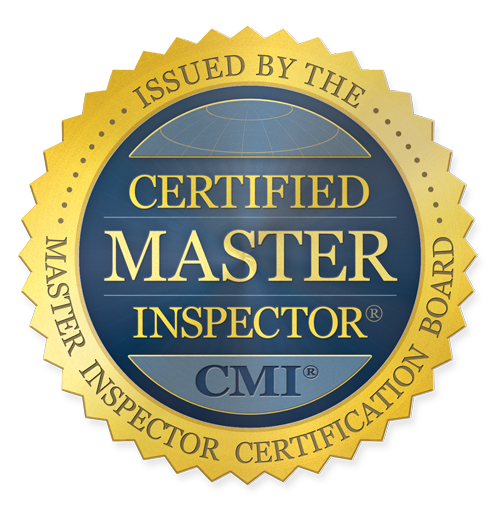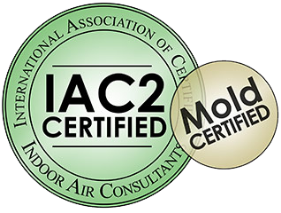Aside from hurricanes, tropical storms, and tornadoes, Florida also reports more thunderstorms than any other state. To say the least, Floridians live in a very windy climate for much of the year. This fact is reflected in steps many take to bolster their home’s ability to withstand strong winds – improvements known as “wind mitigation.”
But wind mitigation is about more than just protecting your investment in your building – it is also a way you can save money every month on your homeowner’s insurance premium.
Both for safety’s sake and for the sake of saving as much as you can where you can, it’s important that Florida’s homeowners understand the basics of wind mitigation.
Florida Rewards Wind Mitigation Improvements!
Beginning in 2006, Florida began to require home insurance providers to offer discounts to policyholders should they have a professional wind mitigation inspection done, pass it, and do well enough on it. (The inspection must be done by a certified official inspector for this stipulation of state law to apply.)
Florida was the first US state to make such a law, and given its proneness to high winds and wind damage to homes, businesses, and other structures, that is small wonder. Many other Gulf Region states soon followed Florida’s lead in this matter.
On average, you save around 30% on your premiums after a wind mitigation inspection and/or a few improvements. That can easily translate into several hundred to over a thousand dollars a year!
Roofs Are HUGE With Wind Mitigation
Since roofing and roofs are the most frequently damaged parts of a building during a storm, there is a major concentration on roof-related matters when it comes to winning wind mitigation credits.
The roofing material itself is the first area of concern. If your shingles are new and in good condition, that’s a big plus. Otherwise, they may need some repairs or need to be replaced to score high on the wind mitigation report. Also, some brands and types of roofing stand up to strong winds better than others. High-quality asphalt shingles can have a relatively high wind-resistance rating, and of course, heavier materials like clay or concrete tiles are even more wind resistant.
For roofing installed after 2008, there’s a good chance you may have felt underlayment or another type of “secondary water barrier” between the roofing and the roof deck – this improves your wind mitigation score.
The very shape and contours or your roof and the way it faces up to prevailing wind patterns – “roof geometry and direction,” also plays a part, as does the pitch. Exceedingly high-pitched (sloped) roofs may be more vulnerable to wind (while shallow-pitched ones are more prone to developing leaks.)
Also, if your gable ends are braced, or if you have hurricane clips installed, that saves you money too. Anything that bolsters the roof-to-wall attachment strength is a definite plus. Plus, the way your roofing is attached to your roof deck counts too. Longer, stronger nails (not staples) that are properly spaced are what you want.
General Structural Integrity
Your home’s framing matters too in regard to getting wind mitigation discounts. Both the materials used and the way they are put together factor into the final report.
Steel reinforcement can gain you valuable discounts, while mere plywood will be less impressive. The size and number of studs and the way the whole structure is connected are important.
A home that sits on a firm foundation and is securely attached to it scores higher as well. You can actually add a system of cords and clips that help keep the home on its foundation during a hurricane or tornado.
Points For Opening Protections
Wind mitigation inspectors will also be looking for how well protected your building’s openings are – mostly meaning doors and windows. First of all, the strength, impact-resistance, and overall quality of the doors and windows will be noted.
Next, all “glazed openings” (those involving glass) should have tempered glass. This goes for skylights, too, if you have any. The way doors are attached on their hinges is another point that is looked at, and all openings should be covered by a “hurricane rated” structure.
Make Sure You Are “Up To Code!”
The same building codes do not apply in every detail to all Florida homes. It matters what year your home was built in and where exactly it is located. In 2002, there were major changes in building code standards across the state, however.
On the one hand, an older home might not need to have the same kinds of features to pass the inspection, but on the other hand, the lack of these features could lower the savings for wind mitigation with your homeowner’s insurance. It’s generally best to make the upgrades to get the biggest possible benefit out of having the inspection done.
For example, gable ends four-feet tall or taller should be braced according to the post-2002 codes. You probably want to get that done regardless of whether your home was built before 2002 or not is what it amounts to.
Who Can I Trust For a Thorough Wind Mitigation Inspection?
Once you decide it’s time to get a wind mitigation inspection done, the next step is to find a reliable inspection company that will save you the most possible money and alert you to the best ways to make your home safer and more secure during a major wind storm.
In Central Florida, Super Inspection Pros has been the name you can trust for many years and consistently receives positive reviews from past clients. Super Inspection Pros can provide you with a full and thorough wind mitigation inspection or any other type of home inspection at a time that is convenient for you.
To learn more, contact Super Inspection Pros today for a free consultation and a free, no-obligation quote!

